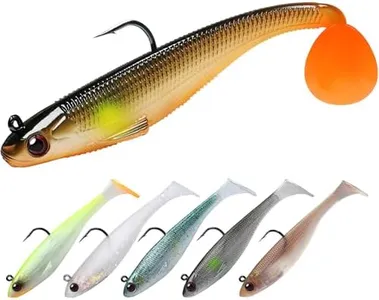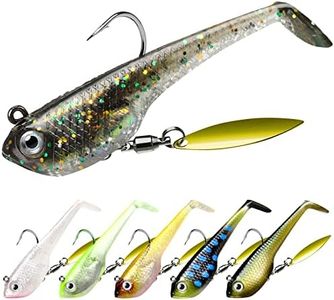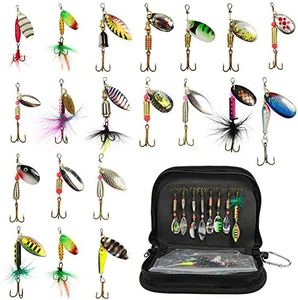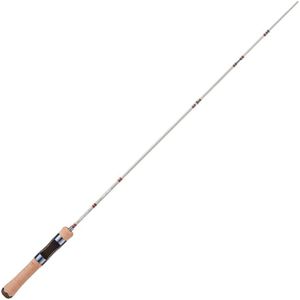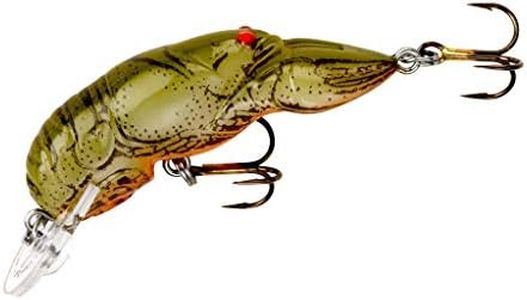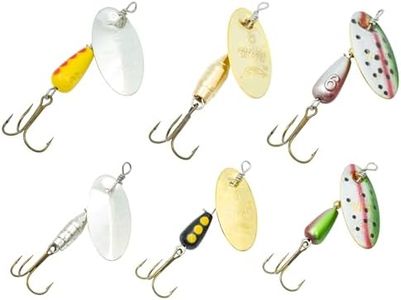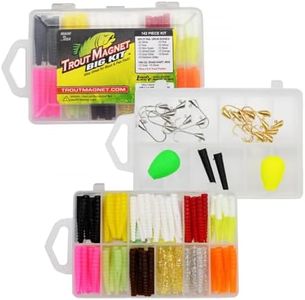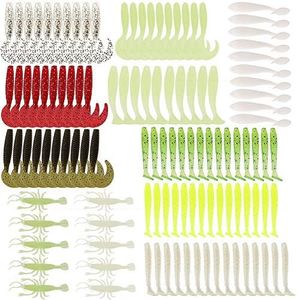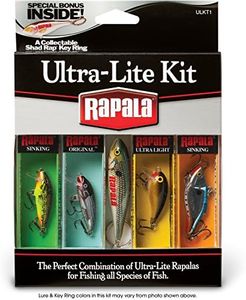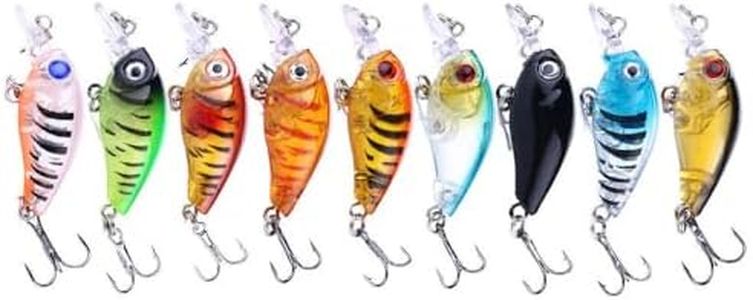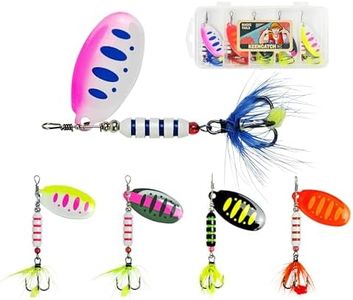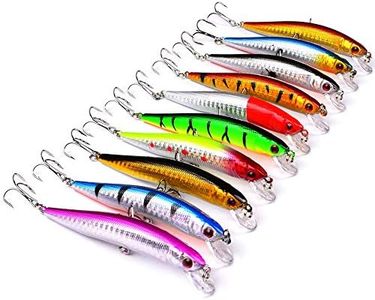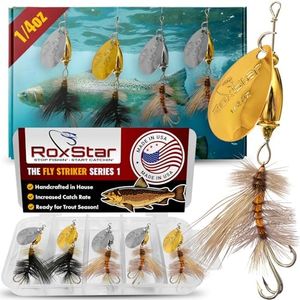We Use CookiesWe use cookies to enhance the security, performance,
functionality and for analytical and promotional activities. By continuing to browse this site you
are agreeing to our privacy policy
10 Best Trout Lures
From leading brands and best sellers available on the web.Buying Guide for the Best Trout Lures
Picking the right trout lure can make a big difference in your fishing success. There is no single 'perfect' lure, as the best choice depends on the type of water, weather, and the habits of the trout in the area. Knowing what matters in a lure allows you to choose one that matches your style and the conditions. Try to think about where you are fishing and what might attract the fish. It's also a good idea to experiment with a few different types until you find what works best for you.Lure TypeLure type refers to the basic shape and action of the lure, such as spinners, spoons, plugs, or soft plastics. Each type behaves differently in the water, mimicking various prey like insects or small fish. Spinners create flashes and vibrations, spoons wobble and shimmer, plugs imitate swimming fish, and soft plastics look like worms or small creatures. To choose, think about what trout are naturally eating where you’re fishing. If they're after insects, try a smaller spinner or soft plastic. If fish is more abundant, plugs or spoons can be more effective.
Lure SizeLure size means the length and weight of the lure, usually measured in inches or grams/ounces. Size affects how far you can cast and how deep the lure goes, as well as whether it looks like real prey to the fish. Smaller lures (under 2 inches, or very lightweight) are good for streams with smaller trout, while larger lures (over 2 inches or heavier) are suited for lakes with bigger trout or when targeting trophy fish. Choose based on the size of the trout where you fish and remember, smaller trout usually prefer smaller lures.
Lure ColorLure color is the pattern or hue of the lure’s body. Colors can help the lure stand out or blend in, depending on water clarity and weather. Bright colors (like chartreuse or orange) work well in murky water or cloudy days, while natural colors (like silver, brown, or green) are better for clear water and sunny days. Match the color to local prey and water conditions, and don’t be afraid to change it up if you aren’t getting bites.
Lure ActionLure action describes how the lure moves in the water, whether it spins, flutters, wobbles, or swims. The movement can trigger strikes from trout, who often react to the way something moves more than how it looks. Fast actions can excite aggressive trout, while subtle movements are better for cautious or finicky fish. Think about how active the trout are and choose accordingly. More action often works in warmer water and for active fish, while gentle action is better for cold, slow seasons or pressured waters.
Hook Type and SizeThe hook is the part that actually catches the fish, and its shape and size can matter a lot. Single hooks are easy on the fish and help with quick catch-and-release, while treble hooks (three points) can increase your chances of a hookup, though they may be harder to remove. Smaller hooks are best for delicate trout mouths, especially with smaller lures and shy fish, while bigger hooks are needed for larger fish or in weedy conditions. Choose a hook based on the size of your lure and the type of water you’re fishing.

